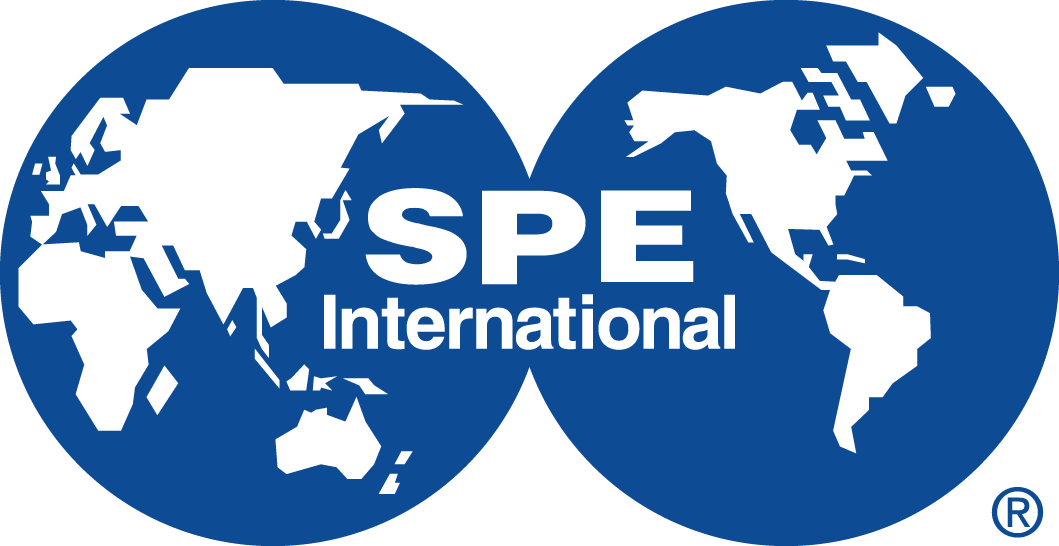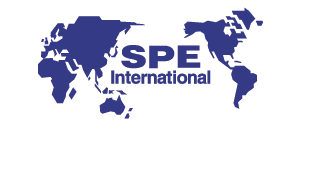Project Session 2: PETRONAS: Designing to Learn and Learning to Design: The Role of Structure, Simplicity, Collaboration, and Advanced Diagnostics in Improving Hydraulic Fracturing and Well Economics
Designing to Learn and Learning to Design: The Role of Structure, Simplicity, Collaboration, and Advanced Diagnostics in Improving Hydraulic Fracturing and Well Economics
Patrick Miller, PETRONAS Energy Canada Ltd.
Objectives/Scope
A central focus for subsurface professionals working in unconventional plays is the continuous improvement of understanding around hydraulic and propped fracture geometry, which is critical for optimising completion design alongside well spacing and stacking. Broad industry efforts—such as the hydraulic fracturing test sites in the United States—have shown the impact that large-scale, advanced diagnostics programmes can have in improving this understanding. PETRONAS had previously deployed various diagnostics to inform development decisions, but to achieve a step-change in the design and value of our pad developments, we identified the need for a larger-scale, purpose-built “technology pad” that could deliver a comprehensive view of fracture geometry and its implications on well performance and completion effectiveness.
Methods, Procedures, Process
To design the technology pad, PETRONAS employed a structured decision-making (SDM) approach—an organised framework used to make informed, transparent decisions in complex and high-stakes situations. The SDM process began by clearly defining the decision problem and the key criteria by which potential strategies would be evaluated. Input was solicited from a broad range of stakeholders across technical and leadership teams to ensure all relevant perspectives were captured. Decision-making authority was explicitly assigned to ensure accountability and clarity throughout the process. A wide array of potential strategies was developed to address the decision objectives, and these strategies were systematically ranked against the defined criteria. This process enabled a deliberate and well-documented selection of a technology pad design that would maximise learning around fracture geometry while aligning with broader development goals.
Results, Observations, Conclusions
The PETRONAS technology pad featured an innovative well layout, including off-azimuth (slant) wells that created variable well spacing along the laterals. This geometry, combined with a robust suite of redundant diagnostics, was specifically designed to capture detailed measurements of both hydraulic and propped fracture length and height. Execution of the pad went exceptionally well, with six out of seven permanent fibre installations successfully surviving the fracturing operations. Data was successfully acquired from all deployed diagnostics as planned. Beyond data acquisition, PETRONAS took a disciplined approach to extracting insights: observations were catalogued systematically, each supported by diagnostic evidence, followed by an evaluation of their implications for development planning. This approach enabled the identification of specific design changes that could be implemented to improve value in future pad developments. A cross-disciplinary inventory of learnings has been established, regularly reviewed, and prioritised based on confidence in the diagnostic interpretation and the potential value uplift from implementation.
Novel/Additive Information
This presentation highlights several key insights for operators planning high-impact diagnostic projects. First, applying a structured decision-making approach is essential—not only does it enable a systematic evaluation of distinct design strategies, but it also facilitates alignment and buy-in across the organisation. Second, the importance of experience cannot be overstated; ensuring that both internal teams and service providers have the necessary expertise is critical, as the cost of unsuccessful data acquisition can be significant. Third, collaboration is a force multiplier—engaging with peers across industry and learning from other operators can substantially improve both the planning and interpretation phases. Fourth, simplicity in design is crucial; limiting the number of variables allows teams to better isolate unexpected outcomes and extract meaningful insights. Ultimately, the value of diagnostic programmes is unlocked by systematically linking observations with supporting evidence and clearly communicating the implications for future design improvements.


